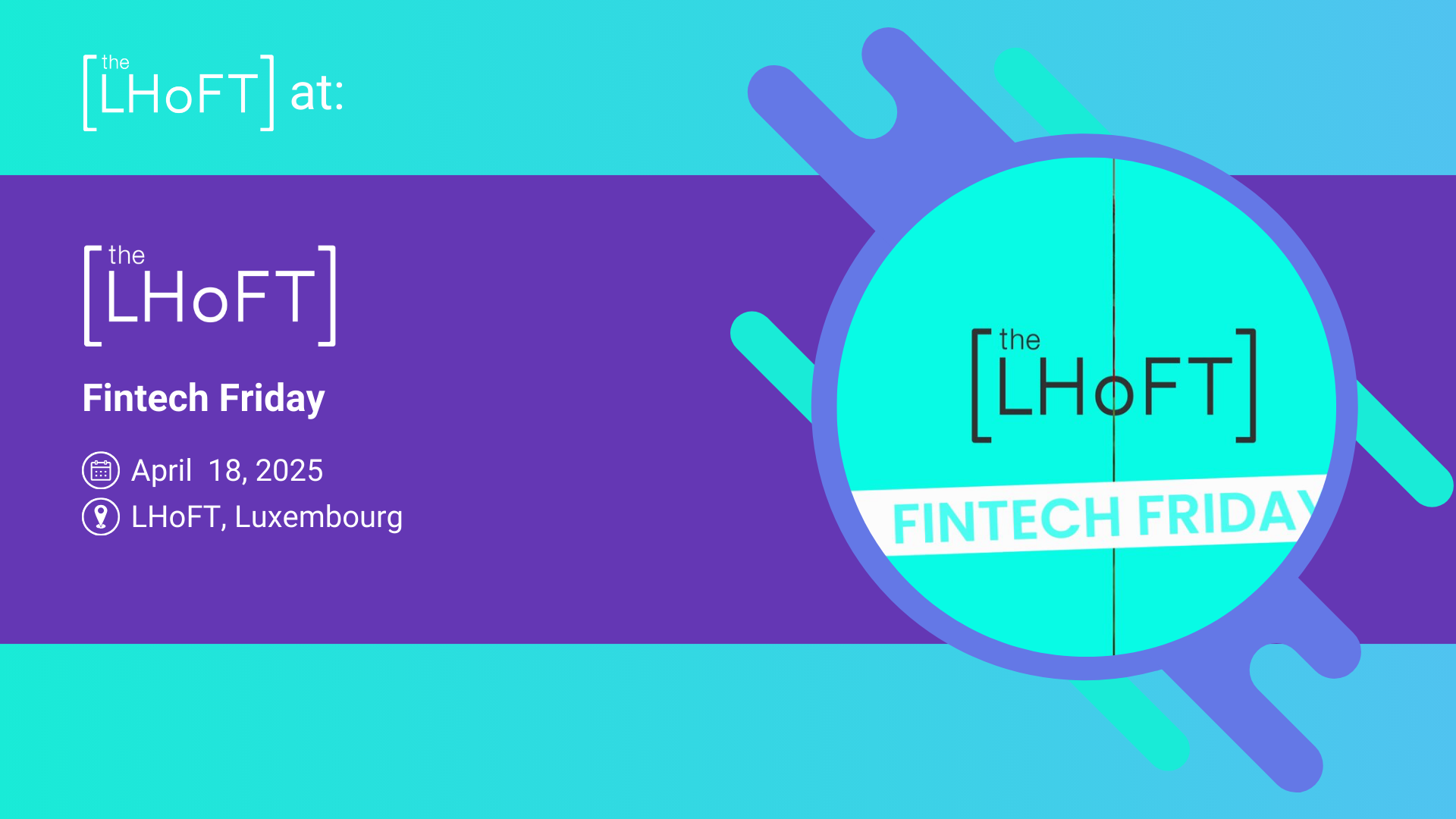Flashback: 2020
2020 was called many things. Above all, it was the year of self-discovery. For digital natives and digital immigrants, 2020 was the year of recognising our limits, challenging the status-quo, and understanding that the ‘stranded on an island with books and internet’ fantasy isn’t realistic.
2020 was a learning curve for FinServ institutions. This year, many banks and Fintechs had a taste of self-discovery and broke their chains, reinforced their operations with remote work, enhanced cloud, and Regtech solutions.
Although the first wave of lockdowns and the Wirecard scandal hit the brakes for sector development briefly, Fintech investments picked up where it left after a certain adaptation period. The research conducted by Innovate Finance, global Fintech investment reached $44bn in 2020– observing a 14% increase compared to 2019. The recent data shows that the UK Fintech sector attracted $4.1bn in venture capital and ranked second globally, only behind the US, despite Brexit. Germany ($1.4bn of investment across 71 deals), Sweden ($1.3bn of capital raised), France ($522m), and Switzerland ($294m) follow right behind the UK on the list, revealing the post-Brexit venture capital focus in Europe.
Despite the sector’s unstoppable growth, the market participants do not seem to get an equal slice of the cake. The majority of the more significant investment rounds are distributed among the prominent players of the market. The biggest Fintech rounds of 2020 highlight the importance of hubs like Luxembourg and Sweden in the bigger picture. For instance, based in Luxembourg, the Italian Fintech Satispay secured €93m in new funding in November, in a round that included investment from Square and China’s Tencent. Similar developments coming from smaller hubs indicate that we could expect a surprising shift of positions in the European ecosystem. Nevertheless, despite the bigger tickets, the Fintech VC game was not all roses in 2020. The pandemic revealed particular challenges for smaller startups and seed funding for the companies without a proof of concept.
[Source: Innovate Finance]
The sector progression amid pandemic increases expectations: the sector is likely to continue its growth momentum in 2021. To understand the Fintech trends that will echo through 2021, we need to revert to the noteworthy developments of 2020:
- 2020 – The Year of Regtech: During the opening discussions of the Paris Fintech Forum, an era of low-cost flights and physical conferences, Brett King and Dave Birch highlighted their concern about the rise of the use of facial recognition technologies (by government officials). With facial recognition associated with so many risks, KYC, AML, and CTF (Regtech) were pointed out as topics that need to be addressed urgently. 2020 was supposed to be the year of Regtech due to the said vulnerabilities but little did we know. Lockdown induced remote access and increased cyberattacks targeting financial services players during the pandemic highlighted the importance of Regtech more than ever. According to BIS, the financial sector has been hit by hackers relatively more often than other sectors during the pandemic. According to their January 2021 report, BIS considers the increasing sector vulnerability as a substantial risk for financial institutions, their staff, and their customers going forward.
- Digital Transformation: For the financial service players who had to rush through their digital transformation processes due to COVID19 and remote work requirements, the list of additional to-dos already piled up. Bearing in mind that the status quo will remain the new normal for at least the end of the year, the incumbents still have the chance to gear up their transformation strategies and move towards a more purposeful and futuristic digital transformation. As we all know, digital transformation is a marathon, not a sprint without an assigned point of completion. Most certainly, “Digital goes alongside Human” is the first step to guarantee the success of any digital transformation.
- Crypto-as-a-Service: Revolut introduced cryptocurrency trading features a while back, and it was considered a risky move. Now, the infamous neobank claims to experience skyrocketing demand from customers regarding cryptocurrency services, acquiring around 300,000 new digital asset customers during the December – January period. In addition to other independent Fintechs and brokers jumping the bandwagon, since October 2020, PayPal’s active users in the US have been able to buy and sell crypto using their PayPal accounts. Usually acting as the pioneer in adapting non-traditional financial service streams, PayPal’s entry into the field can be accepted as the start of a new trend. Analysts expect Paypal’s crypto business to contribute up to $600 million to group revenue in 2021, which is likely to inspire other financial service providers as well. Mass adoption seems to be on its way.
- The Rise of POS Finance: COVID-related financial distress seems to push consumers to embrace alternative and instant financing methods. The increase in e-commerce shopping and the decrease in wealth results in consumers using more and more buy-now-pay-later or POS financing methods. Pioneered by Klarna throughout Europe, PayPal adopted the trend in summer 2020, indicating that more financial service providers will join the party. Although this payment method promises convenient and seamless shopping, some experts seem to think that these services push the consumers to overestimate their budgets and affordability. A Klarna spokesperson subsequently denied this claim:
“Our Pay Later products offer consumers access to occasional credit which is both fee and interest free and has a regular and set payment schedule… We recognise that people’s financial circumstances may change and therefore do not lend to everyone or offer an open line of credit on our Pay later products. We also have a dedicated team who work with customers in financial difficulty to find a solution that is appropriate for them.”
- Neobanks transforming into Neobrokers: Speaking of neobanks, in the last years, we definitely had our share of successful and not-so-successful neobanks, testing the limits of the “freemium” models. Craving for a taste of profitability, some started moving to the “commission” models in exchange for traditional (stocks, ETFs) and not-so-traditional (crypto) WealthTech services, which experienced a boom following Robinhood’s success and the lockdown originated wealth enhancement ambition. We can expect many more digital banks and mobile channels to compete with the brand new independent neobrokers and neobanks in 2021 as a result of this trend, thus strengthening their business case, promoting neobrokerage features to “must-have” from”nice-to-have.”
Eyes on the Horizon: 2021
2020 trends, namely POS Finance, crypto, and Regtech, are likely to continue through 2021, in addition to a growing pile of new and not-so-new focus points:
- Embedded Finance
Embedded finance has been on our bucket list for some time now, but even the Fintech oracles weren’t able to foresee the extent of it. Starting with delivery startups and retailers embedding multi-channel payments, we now witness Google offering current accounts in the US, Amazon selling car insurances in India, and Walmart creating a Fintech startup (with a likely WealthTech direction). Flipping the coin, we hear that South Korean banks started adding food ordering services to mobile apps. Well, that escalated quickly.
2020 was about e-commerce as much as COVID. Reports state that 7 out of 10 shoppers said that they started to buy more online than they usually do, and as a result, 90% of e-commerce companies saw their online sales increase. With the increased global demand for e-commerce payments and mobile channels, retailers are rushing to provide the ultimate customer experience for “stay-home-shoppers.” Yet, this won’t remain the full extent of the embedded finance services. We are likely to see more integrated banking and financial services that extend across industries. The more prominent retailers will become “super apps,” while the banks start looking into non-banking services to stay afloat and relevant.
- Sustainable and Green Finance
Sustainable and green banking has been on the agenda for several years, with very little progress. Could the worst development for 2020 have served as the best transition for sustainable banking? It seems so. With financial service providers being forced to digitalize and work from home, the lack of physical red-tape made a visible (green) change for the banking sector’s operational side. The operational side is relatively important, but it must go hand in hand with the service and product side for a full transformation, namely exploring green investment products and tools, bonds, loans, or simply promoting eco-friendly (credit and debit) cards. Financial institutions of all sizes need to figure out strategies to transition their current service portfolios into a more sustainable state.
The Bank of International Settlements (BIS) Innovation Hub recently announced green finance among the (six) strategic priorities for this year.
It’s no secret that innovation tends to follow regulation in Europe. We believe that the EU taxonomy will become a critical enabler to scale up sustainable investment in Europe once finalized. In the meantime, some innovation pioneers already use the opportunity to grab a position ahead of the game, just like the Luxembourg Green Exchange. The Exchange, launched by the Luxembourg Stock Exchange in 2016, now has the largest market share of listed green bonds worldwide.
- More Regtech and Compliance: AML
As of December 2020, the Sixth Anti-Money Laundering Directive (AMLD6) is now in effect in the European Union. Although not exactly a trendsetter regulation, with a strict implementation deadline of June 3rd, 2021, the directive is likely to force financial service providers to take swift compliance measures.
AMLD6 is considered to be the harshest anti-money laundering regulation that exists. Considering many member states are not even up to speed with AMLD5, the requirement for strengthened KYC, KYB, and other compliance measures might indicate that the financial service providers have to allocate most of their compliance budgets and efforts to AML compliance. This situation will doubtlessly impact and limit the development speed of smaller players throughout the year. Nevertheless, since European financial institutions own a substantial portion of the levied money laundering fines, market players should take this topic seriously.
- Next Stop for PSD2: Open Finance
Although most European financial institutions regarded PSD2 as another item on the compliance checklist until the implementation deadline was left behind, now they started seeing it for what it really is: a chance to reshape their businesses and create new value. Following the surge in digital banking amid COVID19, banks can optimize 2021 by using APIs to create personalized products that incorporate an even larger of data points, offering services to startups and SMEs, and eventually becoming a backend-provider.
What lies ahead?
After such a year as 2020, uncertainty seems to be more acceptable than predictability. The turbulence we all have experienced over the last 12 months only competes with the agility and speed with which a response was delivered. Curiosity and adaptability should be the compass of our actions. FinServ players should be prepared for the foreseeable changes and be ready to adapt if things fall apart.
Like the years before, we will continue to explore key points of interest to the financial industry in 2021, particularly relevant to Europe’s growing financial technology ecosystem at the LHoFT. We are already geared up to curate the most relevant and up-to-date content delivered each Friday, including the best of Regtech, Cybersecurity, Payments, Blockchain, AI, Financial Inclusion, and Venture Capital.
News from Linkedin

,
📍 LHoFT, Luxembourg | Fintech Friday on the 18th April 2025 . Join us for an evening of meaningful connections, networking and good company! See you there! Available Soon

LHoFT at ChangeNOW 2025
April 24 - April 26
,
📍 Paris, France | LHoFT will attend ChangeNOW, the world's largest event dedicated to sustainable solutions. It brings together global leaders, entrepreneurs, and innovators to tackle environmental and social challenges. This summit offers a platform for scaling impactful solutions and facilitating dialogue among public and private sectors. Attendees include policymakers, startups, NGOs, and investors, all working towards a sustainable future. The event is an opportunity to explore groundbreaking initiatives, network, and inspire collective action for the planet’s well-being. LEARN MORE





